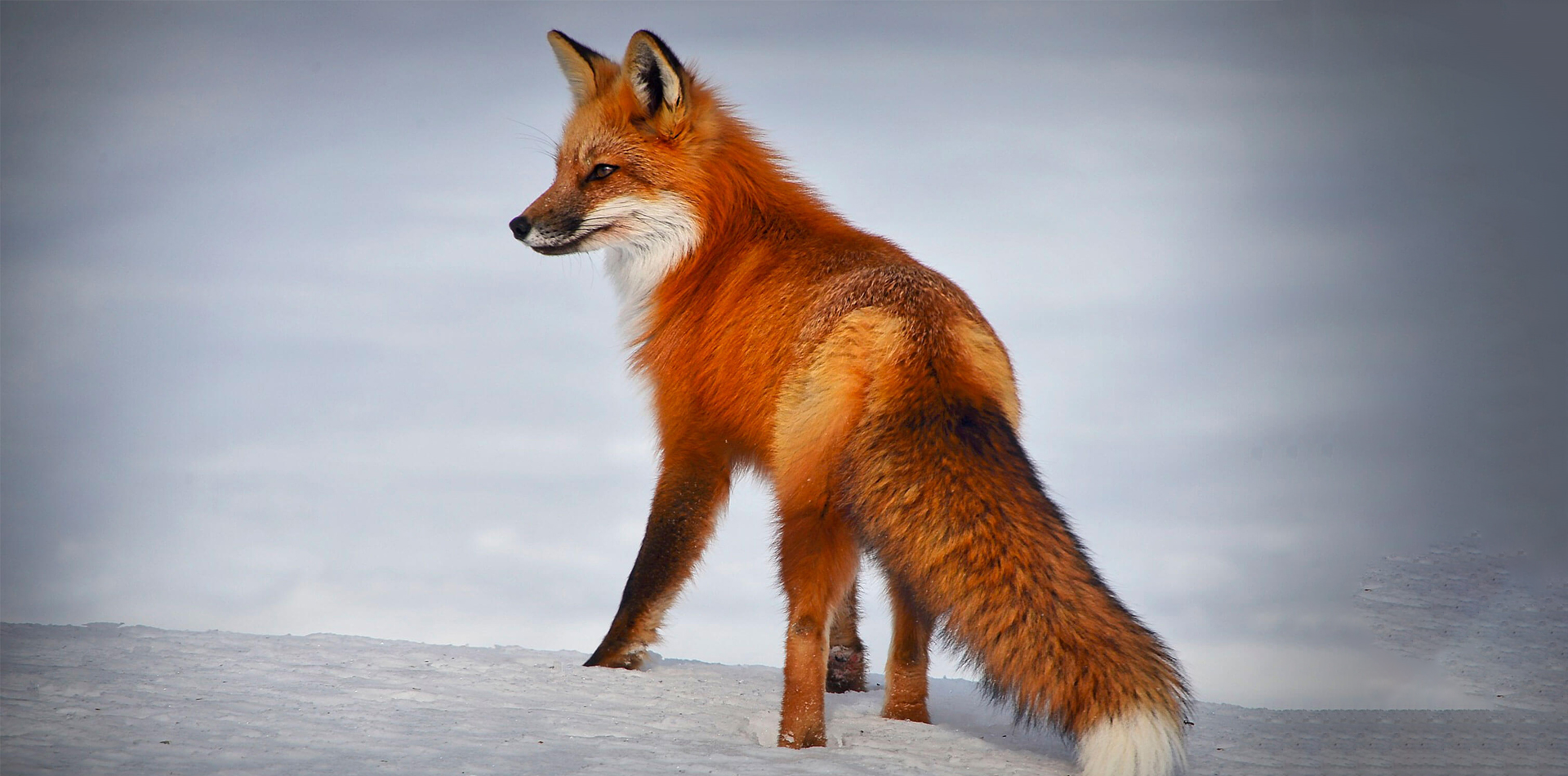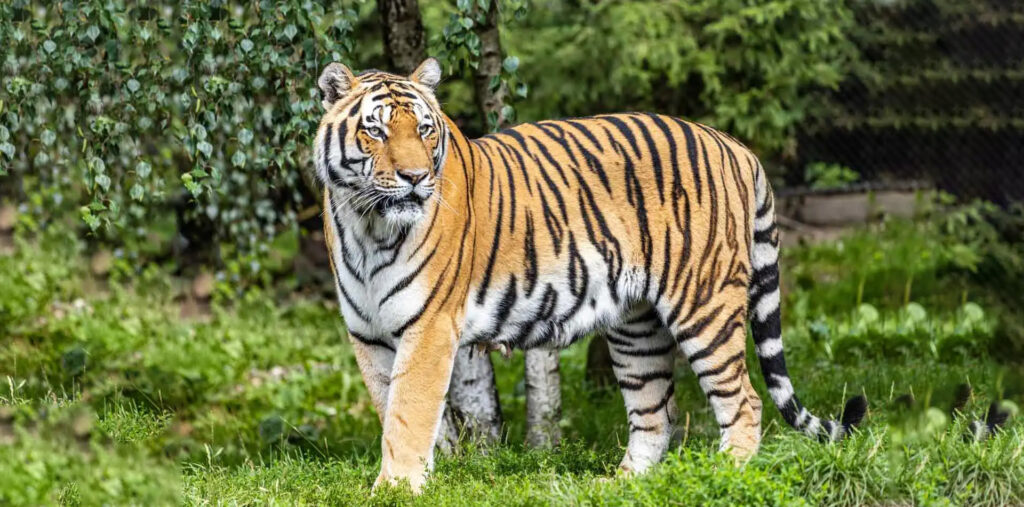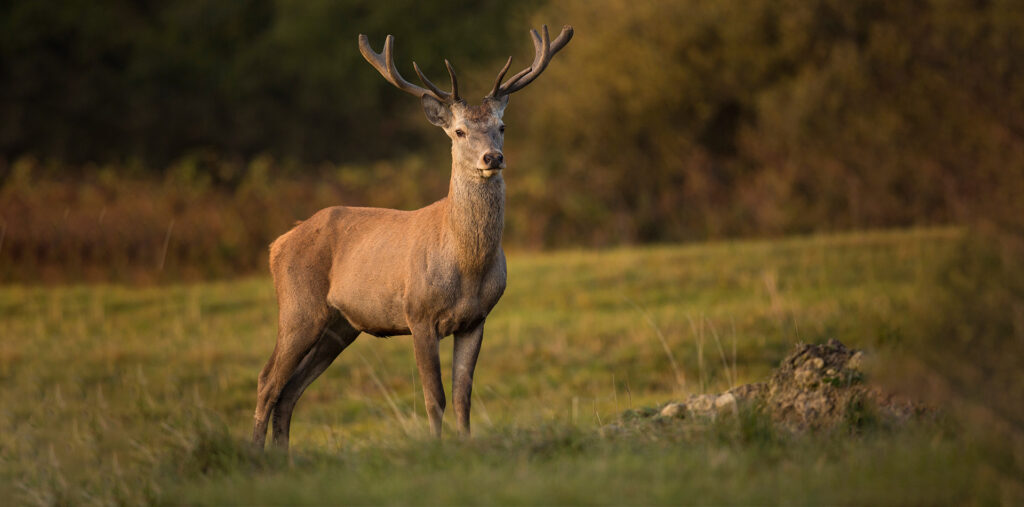Meet with Fox

Welcome to our comprehensive guide to foxes! With their striking appearance, elusive nature, and legendary cunning, foxes have captured the imagination of people around the world for centuries. In this “Unveiling the Cunning Charm of Foxes: A Comprehensive Guide” blog post, we’ll delve into the fascinating world of foxes, from their biology and behavior to their cultural significance and conservation status.
Fox Biology and Diversity:
Foxes belong to the family Canidae, which also includes wolves, coyotes, and domestic dogs. There are several species of foxes found worldwide, including the red fox, Arctic fox, gray fox, and Fennec fox, each with its own unique characteristics and adaptations. Red foxes, for example, are known for their reddish-orange fur and bushy tails, while Arctic foxes have thick white fur that helps them blend into snowy environments.
Habitats and Adaptations:
Foxes are highly adaptable animals that inhabit a wide range of habitats, including forests, grasslands, deserts, and urban areas. They are skilled hunters and scavengers, feeding on a varied diet of small mammals, birds, insects, fruits, and carrion. Foxes are also renowned for their intelligence and cunning, using stealth and agility to outwit their prey and evade predators.
Fox Behavior and Social Structure:
Foxes are solitary animals for much of the year, with individuals typically only coming together during the breeding season. During this time, foxes form monogamous pairs and raise their young in dens, which are often located in underground burrows or hidden among vegetation. Foxes communicate with each other through a variety of vocalizations, including barks, yips, and growls, as well as body language and scent marking.
Cultural Significance and Folklore:
Foxes hold a special place in the folklore and mythology of many cultures around the world, often symbolizing cunning, trickery, and adaptability. In European folklore, foxes are often portrayed as sly and clever tricksters who outsmart their adversaries with wit and guile. In Japanese folklore, the fox spirit, or “kitsune,” is revered as a powerful and mystical being capable of shape-shifting and possessing supernatural abilities.
Conservation Status and Threats:
While foxes are not currently considered endangered, they face various threats to their survival, including habitat loss, urbanization, hunting, and disease. In some regions, foxes are also targeted by predator control programs aimed at protecting livestock and game species. Conservation efforts focused on habitat preservation, responsible management of fox populations, and public education are essential for ensuring the long-term survival of these fascinating animals.
Foxes are captivating creatures that embody the spirit of the wild with their cunning intelligence and adaptability. By learning more about their biology, behavior, and cultural significance, we can gain a deeper appreciation for these remarkable animals and work towards their conservation and protection. Whether you encounter them in the countryside or admire them from afar, the presence of foxes is a reminder of the beauty and diversity of the natural world.











